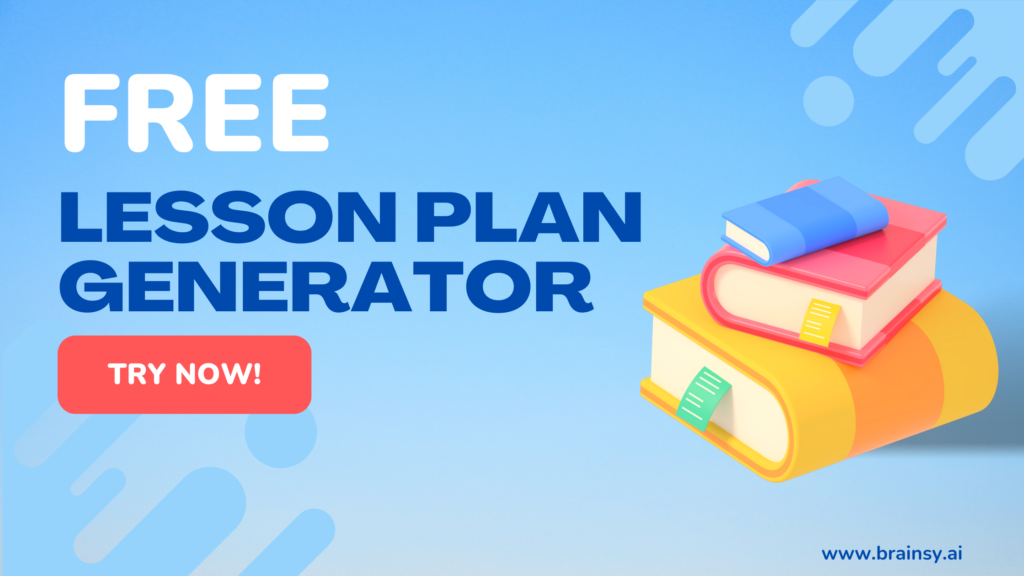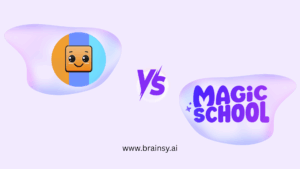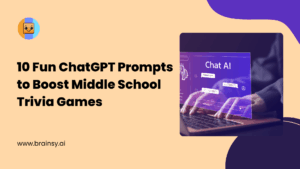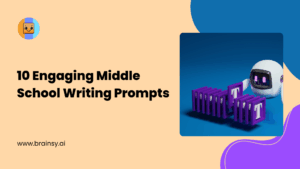Understanding Disruptive Behavior in the Classroom
Ah, the classroom is a magical place where learning unfolds like a blooming flower, or sometimes, like a chaotic circus. Classroom disruptions can turn a peaceful learning environment into a battleground of flying paper airplanes and whispered giggles. But before we dive into Classroom Management Strategies, let’s try to understand what causes these little disruptions.
Disruptive behavior often stems from various sources. It might be a cry for attention, a reflection of issues at home, or simply a result of boredom. Identifying the root cause can be as challenging as finding a needle in a haystack, but it’s crucial for addressing the issue effectively. A disruptive student isn’t necessarily a bad student; they may just need some guidance and understanding.
As teachers, we wear many hats—mentor, coach, sometimes even an unpaid therapist. Recognizing the underlying factors of disruptive behavior helps us tailor our approach, making us more effective educators. Understanding the ‘why’ is the first step in learning how to manage a classroom. Tools like an AI learning management system can further support educators by tracking patterns, providing real-time feedback, and offering insights into student behavior—enhancing both teaching strategies and classroom management.
The Impact of Disruptive Students on Learning Environments
Disruptive students can turn the dream of a perfect classroom into a nightmare. When one student starts acting up, the entire class can lose focus faster than you can say “pop quiz.” This not only impacts the disruptive student but also affects their classmates, who might miss out on valuable learning opportunities.
Imagine trying to teach a complex math problem while dodging spitballs. It’s not just challenging; it’s nearly impossible to maintain effective Classroom Management Strategies. A study by the National Education Association highlights that classroom disruptions are a significant barrier to student learning, affecting both academic performance and classroom morale.
Moreover, these disruptions can also take a toll on us, the educators. Constantly implementing Classroom Management Strategies can lead to stress, burnout, and a general sense of frustration. But don’t worry—there’s light at the end of this tunnel, and it comes in the form of clever strategies that we’ll explore further.
Strategy 1: Establishing Clear Expectations and Rules
Now, let’s talk about setting the stage—literally and figuratively. Establishing clear expectations and rules is like drawing the boundaries on a map. It gives students a clear roadmap of what’s acceptable and what isn’t. Start the school year with a bang by outlining your Classroom Management Strategies in a way that’s as clear as crystal.
- Be Specific: Instead of saying “Behave well,” define what “well” means. Is it raising hands before speaking? Is it keeping voices low during group work?
- Be Consistent: Consistency is key. Make sure rules are enforced equally for all students to avoid cries of favoritism.
- Involve Students: Get students involved in creating the rules. This gives them ownership and increases the likelihood they’ll follow them.
Having a well-defined set of classroom expectations can transform your classroom from a wild jungle into a harmonious ecosystem. When you establish rules and communicate them clearly, students are more likely to stay on track, and you might just find yourself enjoying teaching a little more.
One effective Classroom Management Strategy is to incorporate classroom jobs. Assigning responsibilities to students not only helps with organization but also gives them a sense of ownership and importance in the classroom community.
Strategy 2: Implementing Engaging and Interactive Lessons
Let’s face it: even the most dedicated student can become a fidgety mess during a dull lesson. That’s where engaging and interactive lessons come in. Think of these instructional strategies as the magic wand in your teaching toolkit, capable of transforming restless students into eager learners.
Interactive lessons can be as simple as incorporating technology, like using educational apps or interactive whiteboards. Or, you could embrace project-based learning, where students actively explore real-world problems and challenges. This makes learning not just about absorbing information, but about discovery and innovation.
Another trick is to vary your teaching methods. One day, it could be a group project; the next, a lively debate or a hands-on experiment. The goal is to keep students on their toes, wondering what exciting activity awaits them next. When students are engaged, they’re less likely to disrupt, and more likely to thrive.
Incorporating student choice into your lessons is another powerful Classroom Management Strategy. By allowing students to choose their learning path or project topic, you increase engagement and reduce the likelihood of disruptive behavior.
Strategy 3: Building Relationships and Trust with Students
Building teacher-student relationships can be the most rewarding strategy of all. It’s not just about being the person who grades their tests—it’s about being a mentor, someone they can trust and rely on. When students feel connected to their teacher, they’re more likely to respect the classroom rules and less likely to act out.
Start by taking the time to get to know your students. What are their interests? What challenges do they face outside the classroom? By showing genuine interest, you create a bond that can make a world of difference in classroom community building.
Trust is a two-way street. By being transparent and honest, you encourage students to do the same. Create an environment where students feel safe to express themselves without fear of judgment. This open communication builds a foundation of trust, reducing disruptions and fostering a positive learning environment.
Classroom Management Strategies also involve thoughtful classroom design. Consider creating cozy reading nooks, group work stations, and a “cool down” corner for students who need a moment to regain composure.
Strategies for De-escalating Disruptive Situations
Despite our best efforts, disruptions can happen. It’s not about eliminating them entirely but managing them effectively. When things start to go south, having a set of de-escalation strategies can be a lifesaver. These conflict resolution techniques are essential Classroom Management Strategies
Stay Calm: Easier said than done, right? But your composure can set the tone for the entire situation. Take deep breaths and maintain a steady, calm voice.
Acknowledge Feelings: Sometimes, students just want to be heard. Acknowledge their feelings and show empathy. “I see you’re upset, let’s talk about it” can go a long way.
Redirect: Guide the student’s attention back to the task at hand. A simple, “Let’s focus on this for now,” can reset the situation.
Use Proximity Control: Sometimes, simply moving closer to a disruptive student can help them refocus without verbal intervention.
These strategies are about defusing the situation before it escalates, allowing you to maintain control and keep the learning environment intact.
The Role of Classroom Management Techniques
Classroom management is the backbone of a successful learning environment. It’s the art of creating a structured, nurturing atmosphere where students can learn without unnecessary interruptions. Effective classroom management techniques are like a well-oiled machine, keeping everything running smoothly.
Consider techniques like
- Seating Arrangements: Strategic classroom layout can minimize disruptions. Place easily distracted students closer to you or away from potential distractions.
- Routine and Structure: Having daily classroom routines helps students understand what’s expected and reduces anxiety, which can often lead to disruptions.
- Non-Verbal Communication: Sometimes, a simple look or gesture can convey more than words, reminding students to stay on track.
Mastering these classroom management tools not only helps in managing disruptions but also enhances the overall learning experience for everyone involved.
Utilizing Positive Reinforcement to Encourage Good Behavior
Positive reinforcement is like the cherry on top of the classroom management sundae. Recognizing and rewarding good behavior encourages students to repeat those actions, creating a positive cycle of reinforcement.
- Praise: A simple “Great job!” or “I appreciate your effort” can make a student’s day. Be specific with your praise to make it more meaningful.
- Rewards: Consider implementing a reward system. It could be as simple as a sticker chart or a “student of the week” program.
- Acknowledgment: Publicly acknowledging good behavior during class can motivate others to follow suit.
These positive reinforcement strategies not only enhance student behavior but also contribute to a more positive and supportive classroom culture. By modeling behavior you want to see, you’re teaching students valuable lessons in netiquette and social skills.
When to Seek Additional Support or Resources
Sometimes, despite our best efforts, a situation might be beyond our expertise. Knowing when to seek additional support is a crucial part of maintaining an effective learning environment. This doesn’t mean we’ve failed; it simply means we’re wise enough to know when to ask for help.
Consider reaching out to
- School Counselors: They can provide insights and strategies tailored to individual student needs.
- Special Education Resources: If a student’s behavior might be linked to learning or developmental challenges, specialized support can make a significant difference.
- Professional Development Workshops: These can offer new classroom management ideas and fresh perspectives on managing classroom behavior.
Remember, using available resources is a strength, not a weakness. It ensures that we’re providing our students with the best possible support and maintaining student accountability.
Conclusion
At the end of the day, maintaining your sanity while educating disruptive students is about balance. It’s about using a mix of clever Classroom Management Strategies, understanding, and support to create an environment where learning can flourish.
Implementing these strategies not only helps manage disruptions but also enriches the learning experience for everyone involved. From establishing clear classroom expectations to mastering effective transitions, these tools will help you create a positive classroom environment. So, take a deep breath, grab your metaphorical toolkit of classroom management tips, and get ready to tackle those disruptions head-on. You’ve got this!
And if you ever find yourself in need of more tips, subscribe to our newsletter for updates on effective Classroom Management Strategies, helpful AI tools for students, and encouragement for your journey. You’ll receive regular insights on good classroom management strategies and a little extra dose of motivation to keep you going strong in your journey of classroom management for elementary teachers and beyond.






